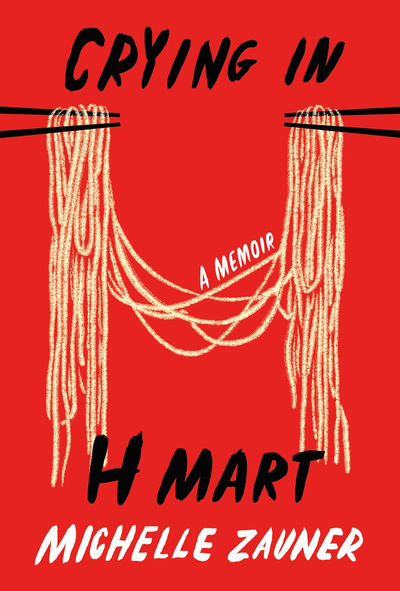Hurtling down the blind curves and treacherous twists and turns of family dysfunction and social displacement, Antonio Michael Downing searches for himself among the cultural clutter of sports, religion and music. Combining staccato prose and singsong storytelling, Downing’s Saga Boy: My Life of Blackness and Becoming navigates loneliness, uncertainty, fear, hopelessness and hunger.
Downing grew up in Trinidad with his grandmother, Miss Excelly, dreaming of mango season. She taught him two important things: how to sing and “the magic of the Queen’s English.” While his childhood was not idyllic, Downing felt safe with his grandmother and her love. When Miss Excelly died, however, he and his brother were shipped off to Canada to live with an aunt, and thus began a peripatetic lifestyle marked by a lack of security or family love.
Downing was shuttled between aunts in Canada. He never quite fit in at any particular place, though he valiantly threw himself into basketball and music in high school. He eventually recovered his love for language and writing at the University of Waterloo and put together a show with an artist friend who painted scenes from a short story Downing wrote. That experience gave birth to DJ Mic Dainjay, Downing's alter ego that he used as a performer during a time when he was also working at Blackberry as a sales representative. Today he performs music as John Orpheus.
Downing’s heart-wrenching memoir chronicles his saga of trying on and casting off many masks, learning the dimensions of the face through which he sees the world and the world sees him. As he writes, “This is a story about unbelonging, about placeness, about leaving everything behind. This is about metamorphosis: death and rebirth. . . . This is a story about family and forgiveness. About becoming what you always were.”


















